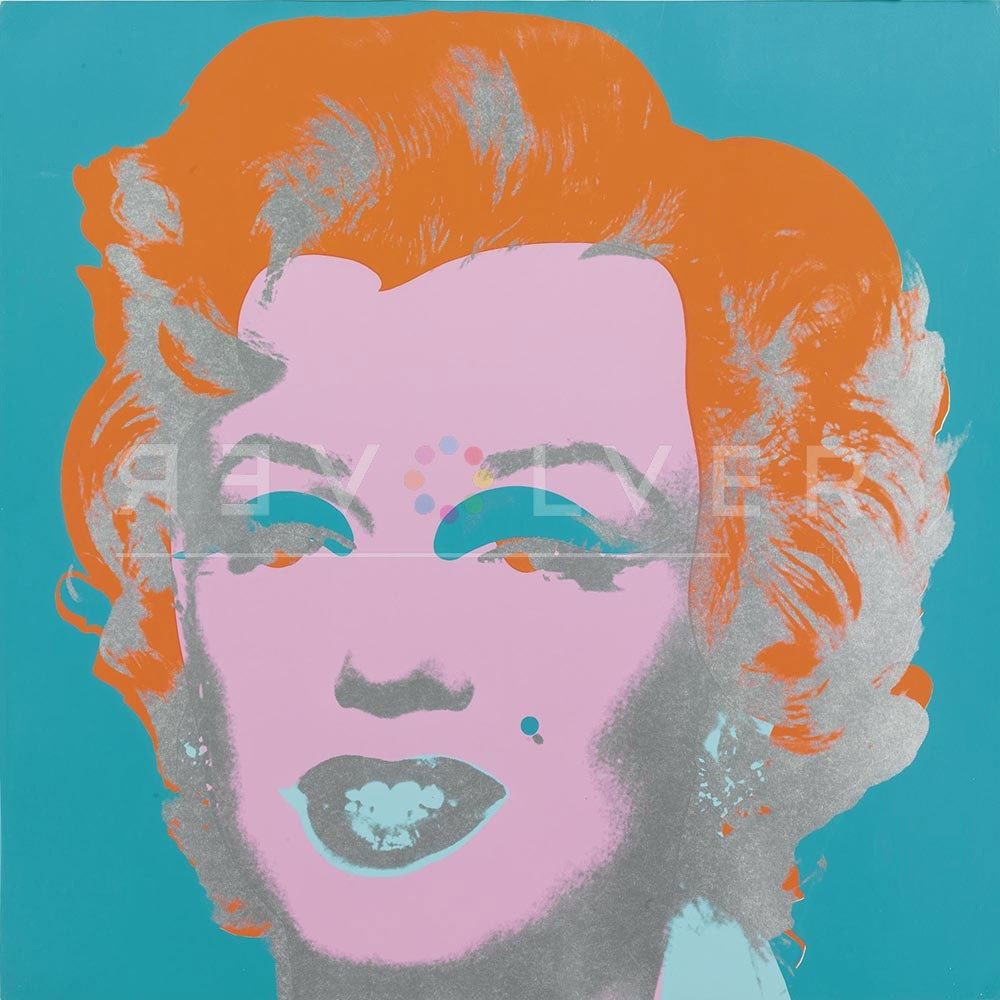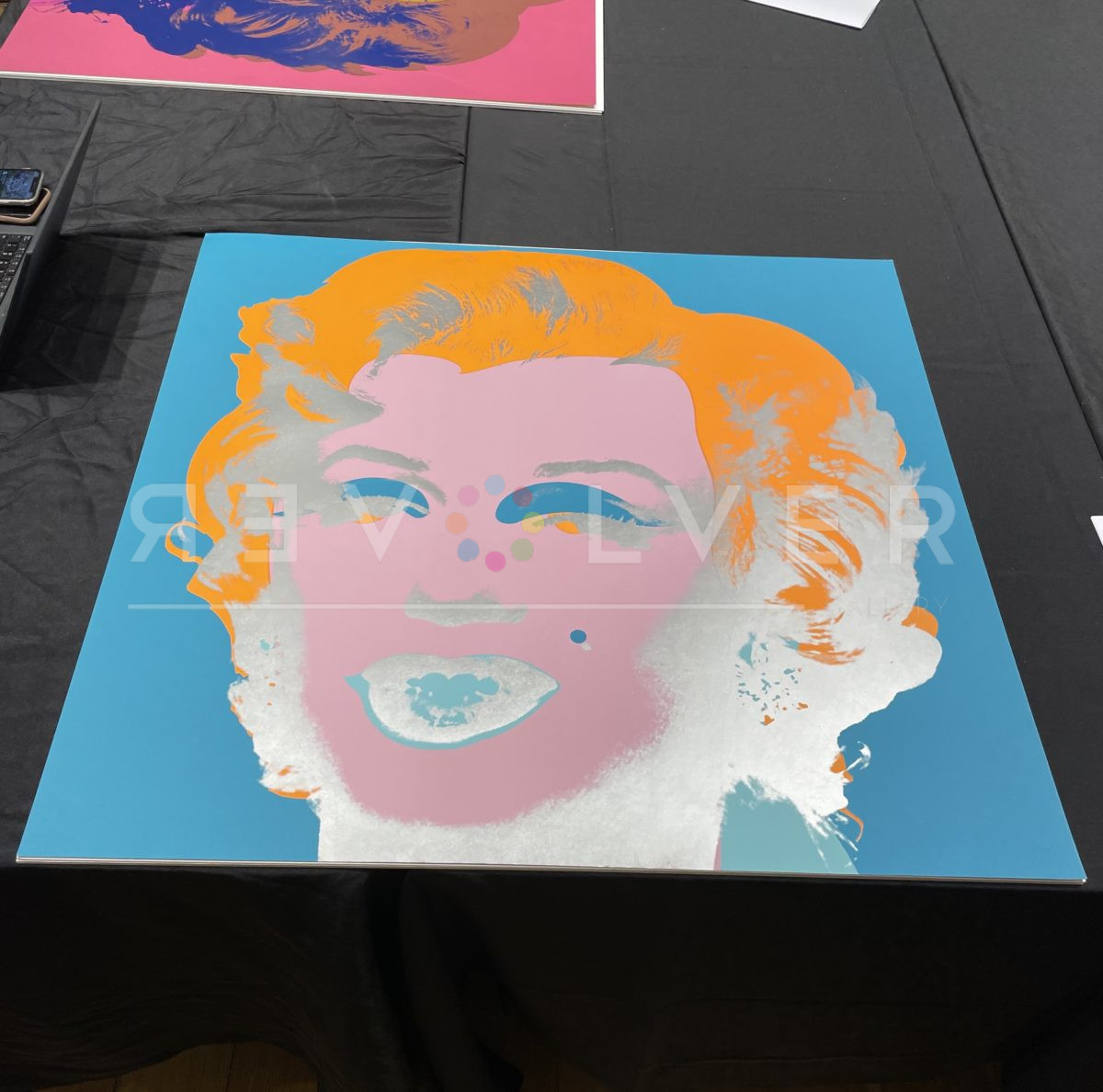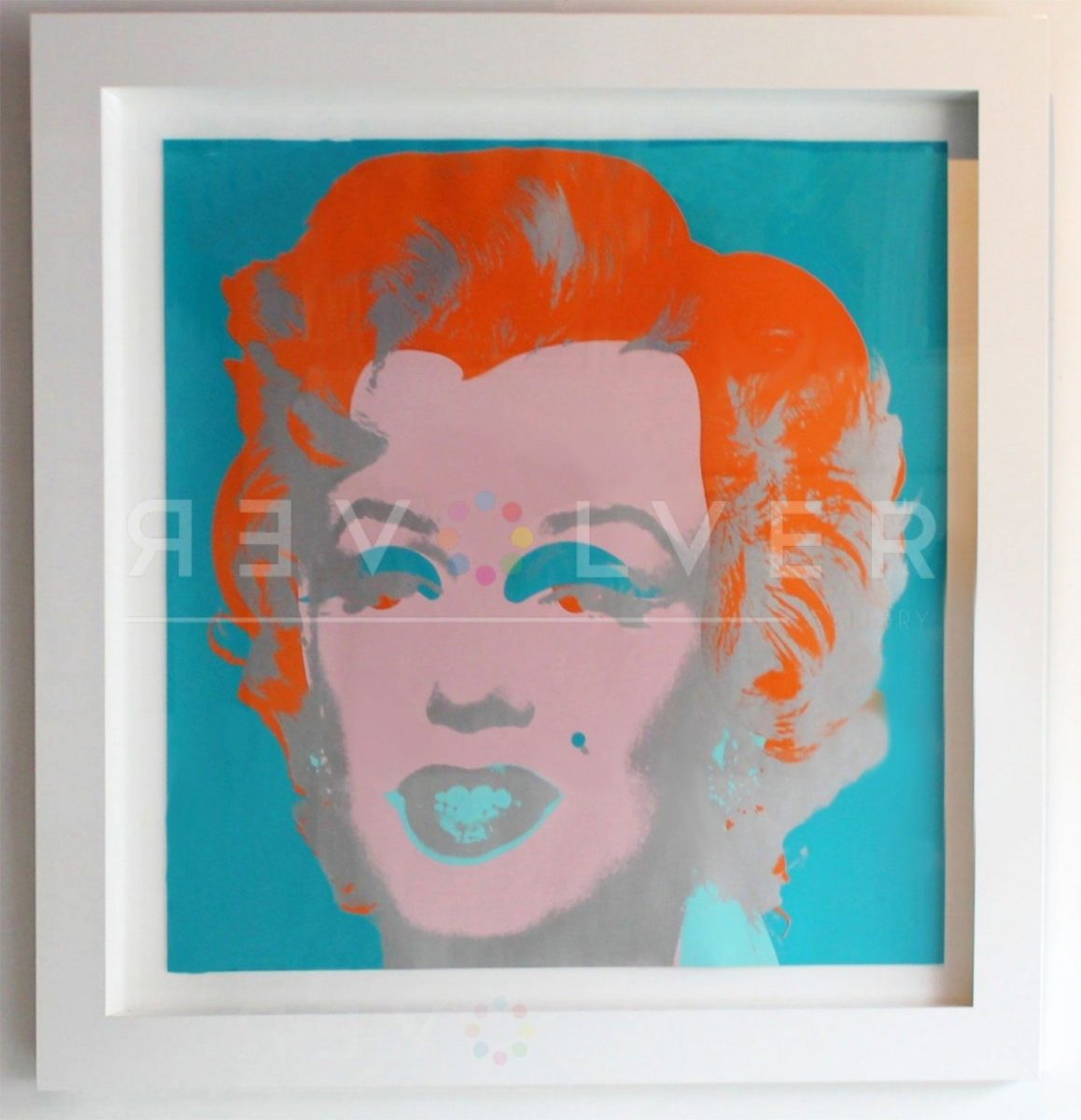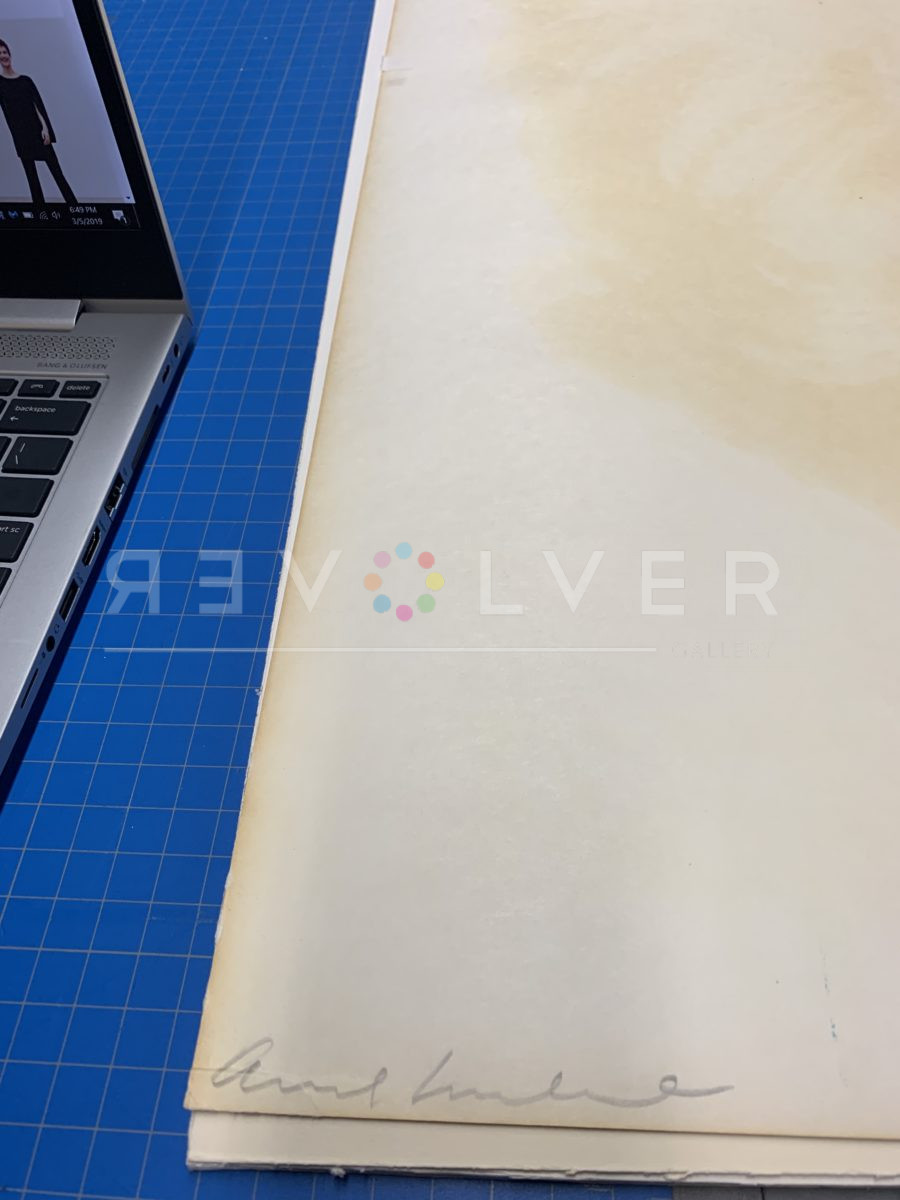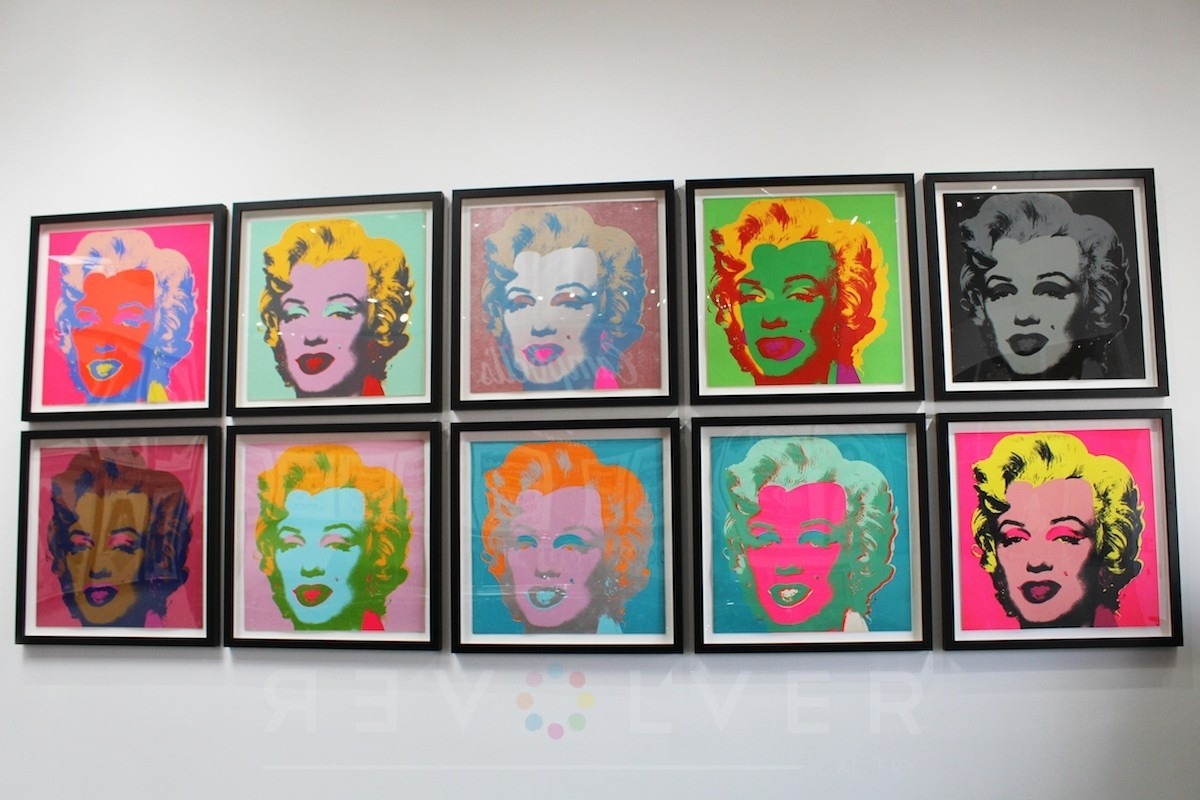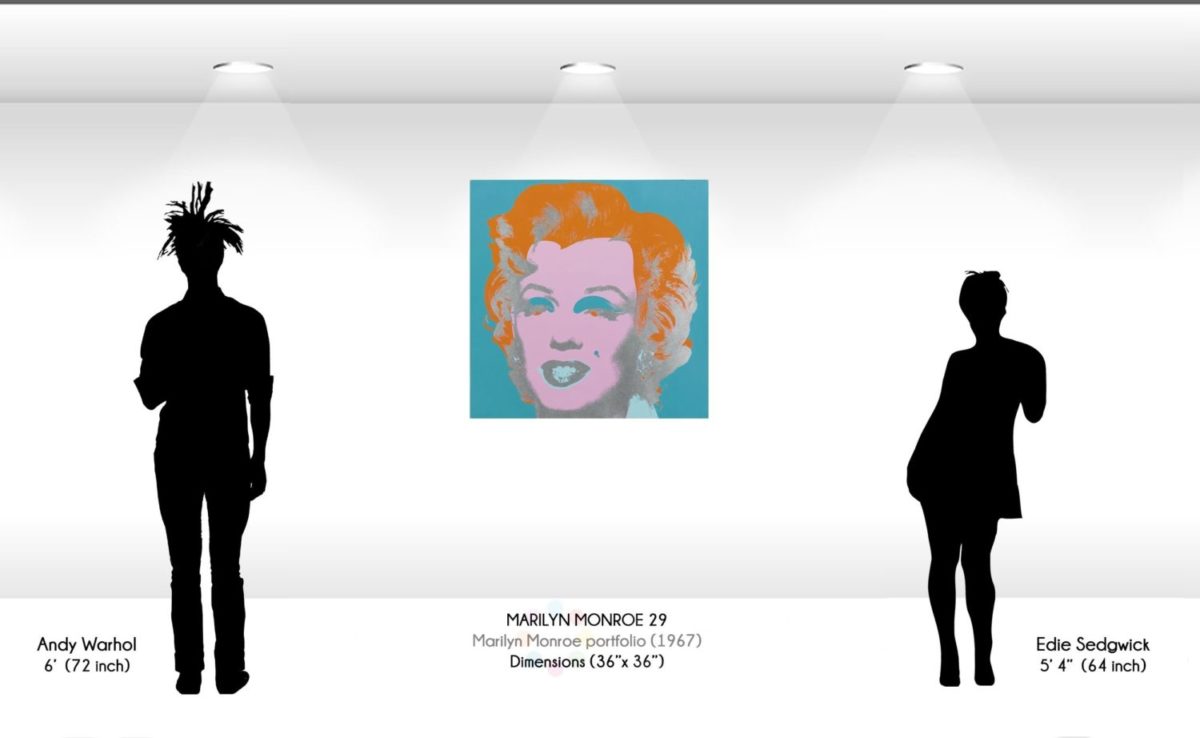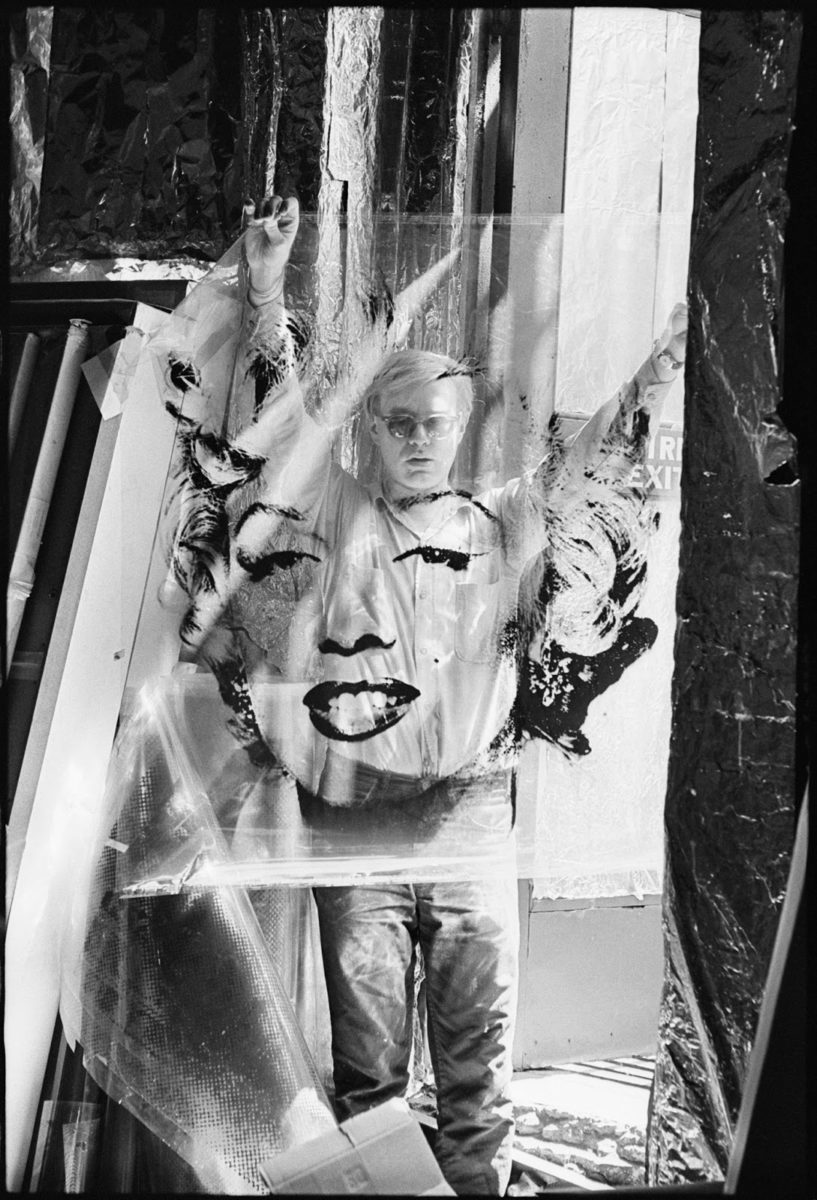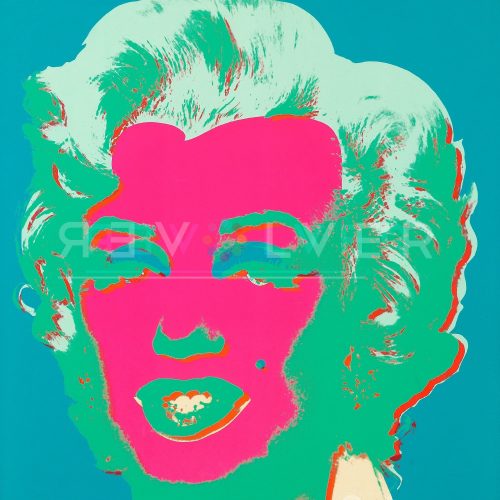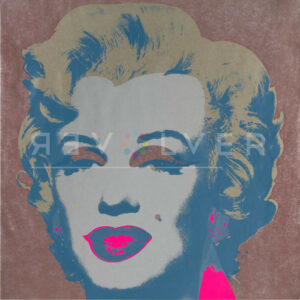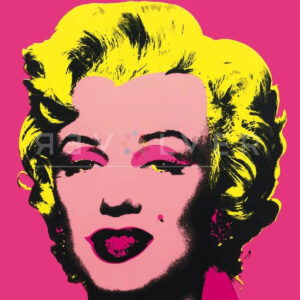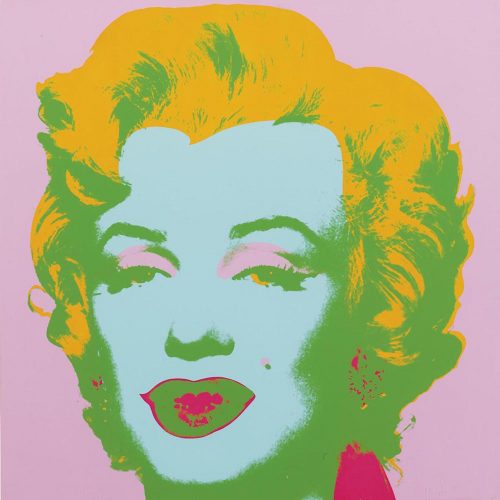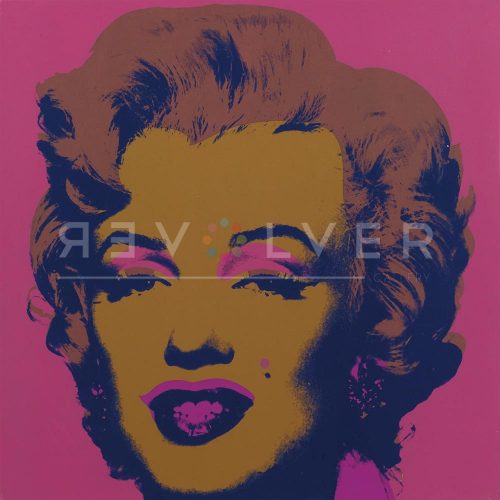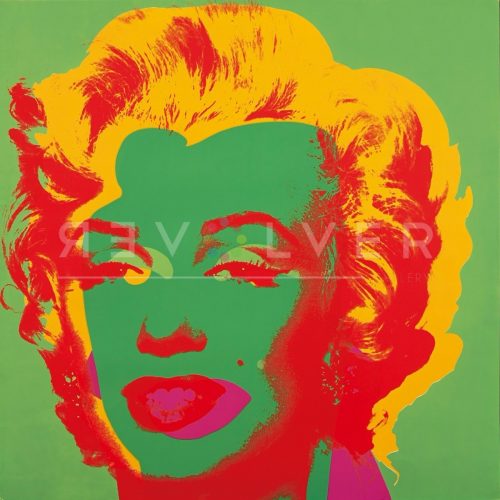Marilyn Monroe 29 (sometimes called the blue or teal Marilyn) by Andy Warhol is one of 10 screen prints included in his Marilyn Monroe suite from 1967. Andy Warhol is said to have created an “icon out of an icon” with his Marilyn prints.Originally, Warhol reproduced Monroe’s portrait in 1962. Years later, he returned to the celebrity five years later to create a true hallmark of the pop-art movement. The Marilyn portraits present the actress in a variety of high-contrast colors, showcasing her as a glamorous spectacle of American society. Ultimately, the portfolio helped Warhol earn his title as the pioneer of pop-art, and reflects his fascinations with celebrity life, cultural icons, and fame.
The photo that Andy used for the series was taken by Gene Korman in 1953 as a publicity shot for Marilyn’s movie Niagara. Although we commonly label Warhol a painter, photography is the true architecture of his work. Unlike other artists of the time, he avoided the common painterly style, opting instead for a factory-like approach. He began experimenting with screen printing, and his techniques became revolutionary. Fittingly, Warhol nearly obsessed over the concept of repetition, which is evident in his catalogue. However, his decision to use Korman’s readymade photograph for Marilyn Monroe 29 sparked controversy. People began to question the extent to which an artist can appropriate an image for their own work before it becomes a legal issue. Notorious or not, they were wildly successful upon release, and remain as some of his greatest accomplishments.
Marilyn Monroe 29 is just one piece of Warhol’s fascination with the actress. Originally, Warhol became inspired to recreate the infamous actress’s portrait as a memorial. Fascinated by her evolving reputation, he began painting her in 1962 after her tragic suicide. He first created Marilyn Diptych, a large piece including 50 portraits of Monroe in color and black and white. Years later, he would return to the concept. While the dazzling Marilyn portraits certainly invoke Andy’s interest in glamour and fame, they also reflect his inclination towards industrial society and consumer culture. For Andy, these themes are intertwined, woven throughout his entire body of work. In both Warhol’s subject matter and method of creation, his mechanical artistic philosophy is present.
Controversially, the American public regarded Monroe as a sex-icon in the 1950s, and her acting career became a huge success. As a larger-than-life celebrity, people all across the planet consumed and enjoyed Monroe’s image. She quickly became a staple product of America’s visual diet. Thus, for Warhol, Monroe’s image symbolized the entertainment industry and the commodification of identity. Being especially sensitive to the public’s idealization of famous figures, Andy recreates Marilyn not as an individual, but as an idea. He sought to capture the cultural imagination of his era, and reveal our collective desires through his art. Marilyn Monroe 29 thus reflects our lusty dreams and aspirations of Hollywood fame back to us.
As some of the most important works of the pop-art movement, Warhol’s Marilyn images represent a thriving cultural moment. Andy saw Marilyn Monroe’s life as a mystical and tragic blend of fame, beauty, and death. His recreations of the superstar extend her legacy far beyond the world of visual entertainment and art. In Marilyn Monroe 29, Warhol transcends Marilyn’s image into the mythological realms of American society. Thus, the portfolio includes some of the most important works of modern art, and perhaps the most recognizable from Warhol’s collection.

